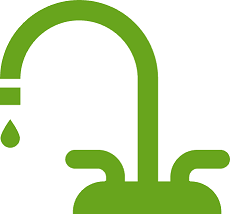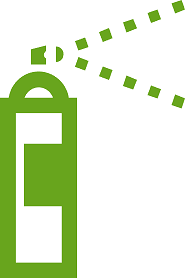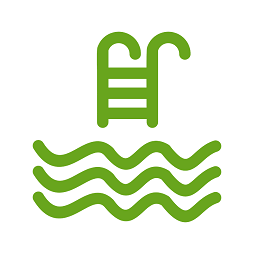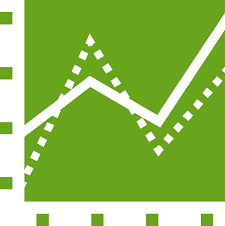Drinking Water Protection
- Drinking Water Protection Home
- About Us
- A-Z Index of Contaminants in Water
- Community Public Water Supply
- Drinking Water Grants and Loans
- Drinking Water Institute
- Drinking Water in Schools and Child Cares
- Drinking Water Revolving Fund
- Laws and Rules
- Noncommunity Public Water Supply
- Source Water Protection
- Water Operator and Certification Training
- Drinking Water Protection Contacts
Related Topics
- Annual Reports
- Drinking Water Risk Communication Toolkit
- Drinking Water Protection External Resources
- Fact Sheets
- Forms
- Invisible Heroes Videos: Minnesota's Drinking Water Providers
- Noncom Notes Newsletter
- Sample Collection Procedures (videos, pictures, written instructions)
- Waterline Newsletter
Related Sites
- 10 States Standards
- Clean Water Fund
- Health Risk Assessment – Guidance Values and Standards for Water
- Minnesota Well Index
- Water and Health
- Wells and Borings
Environmental Health Division
Maintaining Water Quality
in Buildings and Homes

Water quality problems can arise when water sits in building plumbing systems. Waterborne germs tend to live and grow in water when it is stagnant (not flowing) or when it is not treated with enough water treatment chemicals, such as chlorine. When you make cold water warm, or make hot water cooler, it can provide the perfect growth conditions for bacteria, including opportunistic pathogens.
Some sources of water quality issues due to standing water include:
- Sediment build-up in pipes, which can lead to mechanical issues and bacterial growth.
- Loss of disinfectant residual and formation of disinfection byproducts.
- Increased lead and copper levels due to stagnant water increasing corrosion of pipes and fittings.
- Growth of bacteria such as legionella in water treatment equipment such as softeners and filters, plumbing fixtures, and hot water heaters that have not been in use regularly.
Actions to take within your home to prevent waterborne illness
Bacteria such as Legionella can grow and spread in water systems that are not monitored routinely. There are actions you can take to protect your home and all those who live within it.
- Flush faucets and showerheads if no one has used them in a while, or after water pressure changes.
- Clean and maintain devices that use water. This includes humidifiers, neti pots, shower heads and faucet aerators, and water filters.
- Check and flush water heaters.
- Communicate with your water utility.
- Keep your well safe.
- Check with your building manager or owner.
Always check with manufacturer's instructions when you clean or maintain your devices. For specific information on preventing waterborne illness such as Legionella, read more at Preventing Waterborne Germs at Home | Drinking Water | CDC.
Ensuring water quality in building premise plumbing

Having a written and maintained water management program that will ensure water quality will also protect from bacteria that can cause illness. Building owners and managers can minimize risk for exposure to waterborne germs by focusing on a few main factors:
- Temperature of water.
- Disinfectants.
- pH of building water.
- Areas where water moves slowly.
Actions for building owners and managers
Watch for information about any upcoming flushing of water mains near your building. Building owners may notice colored water entering their building after the water mains are flushed. Flushing of mains often will stir up sediments that will move into building water plumbing. When you flush the water in your building, the water will become clear again.

Share information about flushing. We recommend that large building owners share their building flushing schedules with other large users in the immediate area. Try to stagger flushing times to avoid a low-pressure incident and/or high-water demand, which could happen if everyone flushes their building plumbing at the same time.

Flush all water in your building. You should flush all water lines and plumbing fixtures in your building to remove stagnant water. Run the water in each fixture until the water runs cold, for cold-water taps, and hot, for hot water taps. Having a method to measure temperature is helpful. Begin the flushing process closest to where the water enters the building, working your way out to the most distant points. Be sure to flush and clean appliances that use water such as dishwashers and ice machines.

Remove and disinfect all showerheads and faucet screens. Remove and disinfect all showerheads and faucet screens to remove any visible slime or biofilms that may harbor bacteria.

Check water quality. If your water supply is chlorinated, measure chlorine residuals throughout the building. If you find an area without chlorine, you should flush the plumbing again. Consider measuring temperature and pH, which also indicate water quality. Note: Industrial users may not expect a chlorine residual since water may be treated for process use.

Clean all decorative water features. Clean all water features according to the manufacturer’s instructions to remove any visible slime or biofilms that may harbor bacteria. Maintain recommended disinfectant levels.

Maintain all pools and spas. Ensure refillable pool spas, whirlpools, and hot tubs are free of slime and biofilm before filling. Maintain the recommended disinfectant levels as directed by the manufacturer and according to local regulations.

Maintain all cooling towers. Cooling towers that are not properly maintained harbor and amplify pathogens that may be distributed into the air and cause illness such as Legionnaire’s disease. Follow all manufacturer’s recommendations for startup, shutdown, and maintenance of these systems.

Continue to maintain your water system. Do not allow water in your building to become stagnant. Establish a water management plan for your building to maintain water quality. This may include periodic flushing of plumbing lines, measuring chlorine residuals, and checking hot and cold water temperatures.
For more information
- Information on water management plans: Prevention with Water Management Programs (CDC)
- Downloadable flushing plans and videos for large buildings: Flushing Plans (Purdue)
- Guidance for Building Water Systems: Ensure the safety of your building water system and devices after prolonged shutdown (CDC)